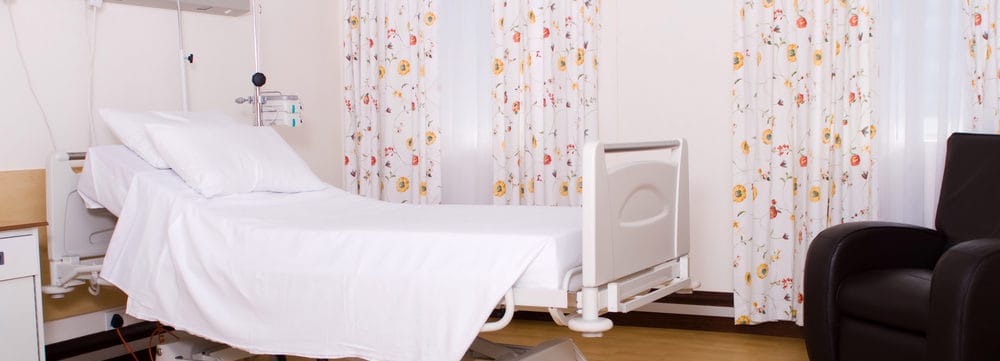Blog
The Right Lighting Can Brighten A Patient’s Day

Lighting is one of the most important aspects of interior design. The light in a space defines much of what that space is. It sets the mood, highlights the important, and adds functionality. Using lighting properly in healthcare design can be tricky, but if done right, can enhance a medical space significantly. Here are four of the most common types of lighting you can use to improve your healthcare design:
Natural Lighting or Daylighting
Natural light is the single most important lighting type. Light from the natural world has the most healing power, but it can also be the most difficult to control. Healthcare designers must be innovative with their designs to properly incorporate natural light. They have to take into consideration things like the time of the day, the weather, and the season, in relation to each individual space. It’s a difficult task to pull off. It’s more difficult to incorporate natural light in medical facilities compared to other spaces because of all various needs a medical space requires, such as equipment. But if natural light is used well, it can make a huge difference.
Ambient Lighting
Ambient light is the second most important form of lighting. This lighting is used to evenly illuminate an entire room without any shadows or glares. Ambient light plays a major role in every room, but good designers will make sure that this kind of lighting integrates seamlessly into each space. Common ambient lighting fixtures include wall sconces, tracking lighting, and chandeliers.
Ambient light is essentially in healthcare design. Medical facilities must be well lit. But too much light can make the environment hostile to patients by making it seem cold and sterile. Healthcare designers must ensure that hospitals are well lit with ambient light sources, but also make sure the level of brightness is warm and welcoming.
Task Lighting
Task lighting is used to provide extra emphasis on one particular feature or section of a space. This type of lighting is commonly found in homes, but it’s being used more and more in hospitals. Examples of task lighting include bedside lamps, under cabinet lights, and directional reading lamps. This lighting can be used strategically throughout a medical facility to provide both visual hierarchy and functionality. One example of using task lighting in a hospital is a nurse station in a hallway just outside patient rooms.
Accent Lighting
Accent lighting is used primarily to highlight the design of the building. It can be a great way to enhance the aesthetics of a space. Accent lighting can be used to highlight and enhance features such as stairwells, well washers, the bottom edges of a hallway, or specific objects. Typically accent lighting fixtures will direct light in a particular direction to alter the appearance of a particular object. This lighting type is a great way to enhance the design and mood of a medical space.
A wide variety of lighting options are available to healthcare designers. Most will improve the patient experience and overall outcome. Daylighting or use of natural light is preferred, but often the most difficult to pull off. In many cases, task and accent lighting can be just as effective. Each can provide unique functionality and aesthetics to a medical space.
Marie Wikoff is the creator of Wikoff Design Studio based out of Reno, Nevada. Her expertise in healthcare design has helped modernize healthcare organizations locally, regionally, and internationally, improving patient experience and outcomes. Her credentials include Evidence-Based Design Accreditation and Certification (EDAC), American Academy of Healthcare Interior Designer (CHID), the National Council of Interior Design Qualification (NCIDQ) and LEED AP. Contact Marie Wikoff







